It was a big weekend; one that, to say the least, would change my life in many ways.
It began as a normal day: I ran three miles and participated in a masters swim class before work —I was training for Ironman number two. I’d finished the first one the past September, and now, on the first of May, we were to receive the lottery results to have the privilege to bicycle 500 miles across the state of Iowa with 15,000 of our closest, bike-crazed compadres for the 38-year traditional long-running RAGBRIA event. We were in! To top things off, on that same day we celebrated 40 years of wedded bliss of my now-spouse Wendy’s parents.
That night we discussed the need to tell my own parents that I was seriously involved with the most amazing person in the entire world, despite having been divorced from my ex-husband for only a short few months. My parents live in South Texas and they were going to be joining us on the ride across Iowa. My relationship had progressed to the point that it was time to share what was happening before they bore witness on the bike ride. A day and a half later I dropped the proverbial bomb on my Republican, conservative, Marine Corps veteran father, and my Catholic and, thankfully, understanding mother. It was shock and awe. At the end of the phone conversation, when it was time to allow my parents the opportunity to process what I had revealed, though, I had to say one final thing: “Oh, by the way, on Friday I found a lump in my breast. I’m seeing a doctor tomorrow. I’m sure I’ll be fine.”
The Big C
After two weeks, which included a physical exam, diagnostic mammogram, and needle core biopsy, I was diagnosed with Stage III, BR grade 3, triple negative, infiltrating ductile carcinoma. What? Stage lll meant that more than two lymph nodes had been affected; grade 3 meant the most rapidly growing and radical/aggressive cells; triple negative meant no hormone (estrogen, progesterone, HER2) therapy currently in existence will ever work, as the cancer cells have no receptors to “dock and induce” the treatment to destroy the cells. As for the carcinoma, that meant the tumor had infiltrated, i.e. grown large enough to bust through the mammary duct walls and, like a dog getting out of the fenced-in yard, was now able to run freely about my body waiting to inhabit major organs and try to end my life.
I have always been a “go big or go home” kinda gal. I suppose this was yet another bigger-than-me challenge I would have to face.
I had just turned 35. I was healthy, ate well and was in excellent physical condition. I had always been physical from a young age, including becoming a black belt in Tae Kwon Do, playing volleyball, basketball, swimming, track, weight-lifting, racquetball—I went to UW Madison where I graduated with a bachelor’s degree and was on the Women’s Rowing team. Now I was a triathlete, too—so how could this happen?
Against the Odds
But the odds were against me: My mother had a rare form of breast cancer and was able to beat it with isotope radiation therapy ten years ago with no recurrence. I had had my annual physical that same February and discussed with my general practitioner the new ten-year rule of thumb about mammogram testing of the offspring of breast cancer survivors who had been diagnosed under 50. My doctor and I decided since I was just 35, and my mother was 45 when she was diagnosed, I could undergo the mammogram next year, especially since I was healthy as a racehorse. There is no telling for sure if the tumors would have been caught in February, though. They may not even have been visible, and they were not palpable. When I was diagnosed on May 14, they measured the tumors at .96cm and .92cm, and when they pulled them out a few weeks later they had grown to 4cm and 1.3cm, and we knew it had spread to my left-side arm lymph nodes.
Crash Course
During those first few weeks leading to my surgery, I put the initial shock in check and focused on quickly educating myself. I found myself in the middle of making some major life choices that would affect the rest of my everyday living. Take one breast or both? Reconstruction or not; if I chose to reconstruct, what does that mean and what are my options? How would reconstruction work with the treatments I was going to undergo? I knew I would eventually undergo radiation so what does a temporary vs. final reconstruction timeline look like? How many surgeries will I undergo to reconstruct? For the temporary reconstruction, what do I have to do to expand the skin? What happens with skin, muscle tissue and the buildup of scar tissue during treatment and how does it get fixed? What is lymphedema and how will that impact my very active lifestyle? What doctor should I use to reconstruct: A cancer surgeon or a plastic surgeon? Does the doctor who removes the breasts have to be the same as the one who reconstructs? How do I coordinate their schedules for my surgery—get this cancer out of me as soon as possible! Explain my pathology report again please, so I understand it.
There is no doubt it was extremely difficult to process the news of having cancer running rampant in my body and then having to find out it is business as usual for the medical industry. My life emergency was not always considered on their timelines and schedules. I learned immediately that I needed to be my own advocate. I had to be fierce and push for what I wanted and for when I wanted it done. I had to coordinate making and getting to almost daily doctors’ appointments and tests, and try to work a full-time job at the same time.
I was a project manager in general commercial construction and about to complete a $14 million project. There was added stress of deciding to work after surgery while going through treatment or go off work on short-term to long-term disability. Many people worried if I chose not to return to work I would lose my job. I worried if I went back while trying to rid my body of cancer through treatment I would die. I was fortunate enough to have had short-term disability and long-term disability available to me. However, I made the decision not to work, and when I attempted to return after treatment, I was not invited back.
Hard Choices
There are no easy choices when looking at your life options when dealing with a cancer diagnosis. Survival can have so many meanings; to live, to make it through, to have had a near miss. I chose to create a path to not just survive this journey wherein I had no assurance of a good outcome, I would thrive and be true to myself. I would learn to be selfish for what I felt it would take to live beyond the diagnosis—regardless of what others agreed or disagreed with. In the end I was the only one who would have to live with the results of the choices I had to make.
The cancer journey revealed life’s yin and yang. I experienced the full gamut of what one can experience of the people you deal with while treading on such fragile ground. The world can be a selfish and cold place, and when you meet the reality of the inhumanity of business as usual and “sorry about your problem, but it is not mine,” it can make you feel small, worthless, and insignificant.
I can remember thinking, this cancer issue cannot be that serious and my work is more important… but what the hell was I thinking? I could remember the feeling of looking at my life for the first time as an outsider. It felt like a surreal movie. I felt as though people were moving about their normal lives, oblivious, consumed by things that may or may not matter for the now or future, going effortlessly to the grocery store and putting out their trash, having a cocktail at the bar talking cheerfully with their friends without a care in the world—and there I was, watching from afar, suddenly very aware of my mortal clock ticking away, knowing I was going to die.
Life Lessons
I wanted to scream. I was jealous at times of peoples’ lack of exposure to how important it is not to take their lives, health, and flexible bodies without major scars for granted. Before cancer I was very afraid of death, but I would think that for just a few fleeting moments, never indulging it for too long. I am no longer afraid. I really love to live, and I am fortunate enough to have learned that I do have only so much time for the here and now. So, I make the most of it and make every effort to not take anything for granted.
On the flipside of the trauma, I also witnessed the amazing side of humanity, and was fortunate enough to have been embraced in the arms, hearts, and minds of so many people. The outpouring of support for me and my wife was extraordinary. From the moment I shared the news with family and friends, it was game on! People rallied around me from near and far, complete strangers offering to provide my wife and me with whatever we needed to “fight this fight” and “beat this disease!”
A friend asked if she could lead the effort of putting together a blog so I could keep everyone posted on my progress in a much easier way. The site also had a calendar for food, where we were able to specify which foods to avoid bringing and what we enjoyed, and people could see what others were bringing. It was one of the best things that my friends did for me. I was up-front and able to communicate what I wanted or needed, and I was able to give thanks to everyone. I could privately receive messages of kindness at some of my lowest moments. And, I was able to set expectations about my emotional state, whether or not I was going to be able to visit or if I was taking calls, or if I needed to be alone. Everyone understood, and I received a lot of good feedback from people that they appreciated knowing when to come around and when to stay away.
Healthy Choices
I took other steps to advocate for my well-being. A few days after I was diagnosed, I knew I was going to need something more to help me through this time than solely leaning on my wife and closest friends. I knew my wife would also need to have a voice, remain an independent person, and have time for herself. The burden of being a cancer caregiver is tremendous. Often there are feelings of helplessness and of being in the shadow of the person everyone is asking after. They are the ones rearranging their lives to accommodate caring in every way: laundry, cooking, cleaning, mowing, getting their work done, and getting the person to and from appointments when needed. They watch their loved one change physically, and they are often the ones who absorb the brunt of the emotional toll. Their lives can become consumed with what is going on with the one with cancer, and if not addressed, the feelings of wanting to be there for a cancer patient can turn into resentment and possibly anger and hostility. Fatigue can set in quickly.
Also, the sick person can develop feelings of resentment as treatment progresses, seeing how everyone around them seems so capable and strong. Resentment can creep in to the feelings of the cancer patient about how their caregiver can go out for a few hours with friends to disconnect and recharge, while you are left home to not be able to disconnect and live alone in your reality.
Recognition of these feelings by both parties upfront and setting expectations early can make a huge difference on how successful navigating the journey together will be. Instinctively, I understood I needed a place to go where I could be what I was at the moment and not have to apologize for it—as well as give my partner a break for her own sanity.
Gilda’s Club
I walked through the distinctive red doors of Gilda’s Club in Middleton when it had only been open eight months. I had heard about this place from my neighbor who had run the Gilda’s Club charity run earlier in October. This was a safe place where I could come and exist in whatever space I was in without question. Gilda’s is a place for people who have cancer, went through cancer, and those who are touched by cancer. There are regular support group meetings. A community dinner is first shared between all the members and then we break off to our respective rooms and for that hour and a half I got to be who I was without question, explanation or judgment. I didn’t have to be looked at with that “oh you poor dear” face, or have to put on a false smile to make someone else feel comfortable about my predicament.
I was validated in these moments of being with some of the most beautiful souls I had ever had the privilege to meet. I learned so much about who I am, what I am made of, and how to cope in healthy ways over the cancer journey and its long, likely never-ending aftermath of wounds that have now become scars which I have to continue to still manage emotionally and physically today. Being part of Gilda’s Club was such a vital part of my healing and success that I attended group night religiously. I had chemo treatments every Tuesday for months. Even though I was very ill, I managed to somehow feel so much better after group.
I knew taking the best care of my physical health was key, too. I met with a nutritionist and had acupuncture every night before chemotherapy. I also regularly exercised, including long walks and hot yoga. I took control of the things I felt I could and learned I didn’t have a lot of control over most other things.
Marathon to Finish Breast Cancer
About the time I was supposed to be doing Ironman #2, I found a marathon that was going to be held in late February, which was when I would just be finishing all treatments. I set the goal to run the Marathon to Finish Breast Cancer – 26.2 miles with Donna in Jacksonville, Florida as a way to keep on track as much as I could physically.
By mid-January radiation had begun to be extremely debilitating. People have asked me what was worse, chemotherapy or radiation? I reply they are both their own special kind of hell. I fared well enough through chemo, but with radiation I was astonished by the toll taken on my body. I was unprepared for the weakness and terrible fatigue.
Meg
I continued to stay true to my goal of the marathon and was about as ready as I was going to be in January. I had my Gilda’s Club friends encouraging me to reach my goals. One in particular, Meg, was the first person I met while going through treatment. She was 56 and dealing with stage four lung cancer. She was bald, beautiful, made no excuses, told it like it was and a complete stitch. She was there for me my last day of treatment and sat there while we ate Greenbush Bakery fritters like Lance Armstrong did and cheered for the end of the hemlock juice treatments.
Suddenly, though, Meg became very ill. I spoke with her husband and asked him if I could move up my marathon timeline and run it on a treadmill to celebrate Meg’s life and our journey. He and the family thought that would be amazing, so I called Jacksonville, explained my situation with radiation and Meg, and asked if they would honor my marathon time on the treadmill that weekend and down-grade me to walk the half marathon on the day of the event one month from then. They agreed. I spoke to my gym, and they agreed to set me up to run the marathon. My triathlon family once again rallied, and people came in to witness this spectacle. I made posters of Meg and hung them up, I had a special shirt I ran in and sprayed the little hair I had on my head in her favorite color–green. Meg’s family came at about 13 miles in and cheered me on. It was an amazing moment. My dear friend and IM coach, Amy, ran the marathon with me every step of the way. Wendy also ran by my side. When I finished under the time limit, it was one of the most special feelings I’ve ever had. I called Meg’s house and let them know WE did it. She was with me the whole time. Larry told me that when he returned home from the gym he described to Meg the scene and showed her pictures. He said she had not spoken in almost a week nor cried in as long, and she had tears come from her eyes then. The next morning, Larry called me to let me know that Meg had died. I was so sad. I am still brought to tears thinking of it. She was the first to die of many I would grow to love and respect as family.
I had to deal with new feelings. My prognosis after all the therapy I went through was excellent. I was going to live. I was going to have a life beyond tomorrow. I had to deal with the fact that I was going to live while my dear friends died and I was left behind. Why? I had to deal with moving back into the mainstream. Most people think that once cancer treatment is over everything goes back to the way it was, but it really doesn’t. I was scared to death to go back to sleep and live in the same manner as before my diagnosis. My eyes are wide open in a way that is difficult to describe unless you have been through it.
Giving Back
This period of time introduced a change in me that I am grateful for, as odd as it might sound. I had a do-over in my life, and I will never go back to the way I was. I used this to set myself free in how I live and in what I will do to make life count. Being on the receiving end of humanity, I wanted to pay if forward. I chose to leave the business world: the stress, the energy, and the comfortable lifestyle I felt I could have sold my soul for, and aspired to become a Firefighter/Paramedic. Four months after the most intense struggle of my life, I was offered a spot as a volunteer firefighter. Four years later, after feeling like I was getting my bachelor’s degree all over again, I was hired to perform one of the most coveted roles many apply for and few have the privilege to attain: I became a full-time Firefighter/Paramedic/Fire Inspector/Fire Public Educator.
So yes, I am grateful. Every day.

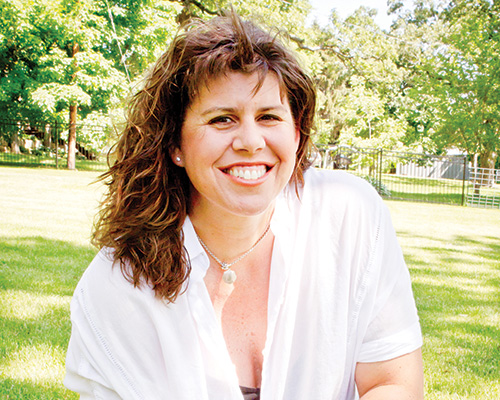
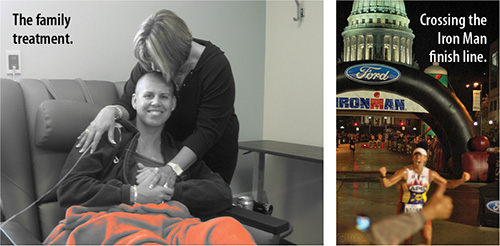

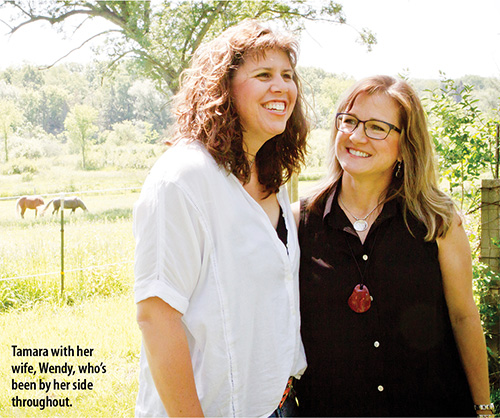


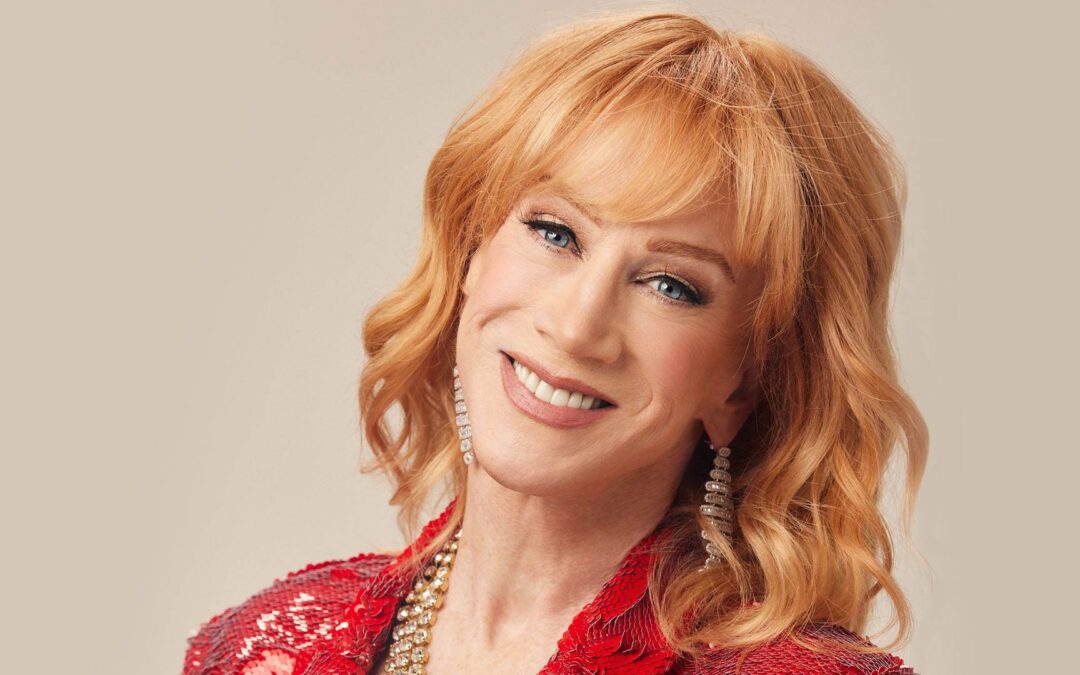
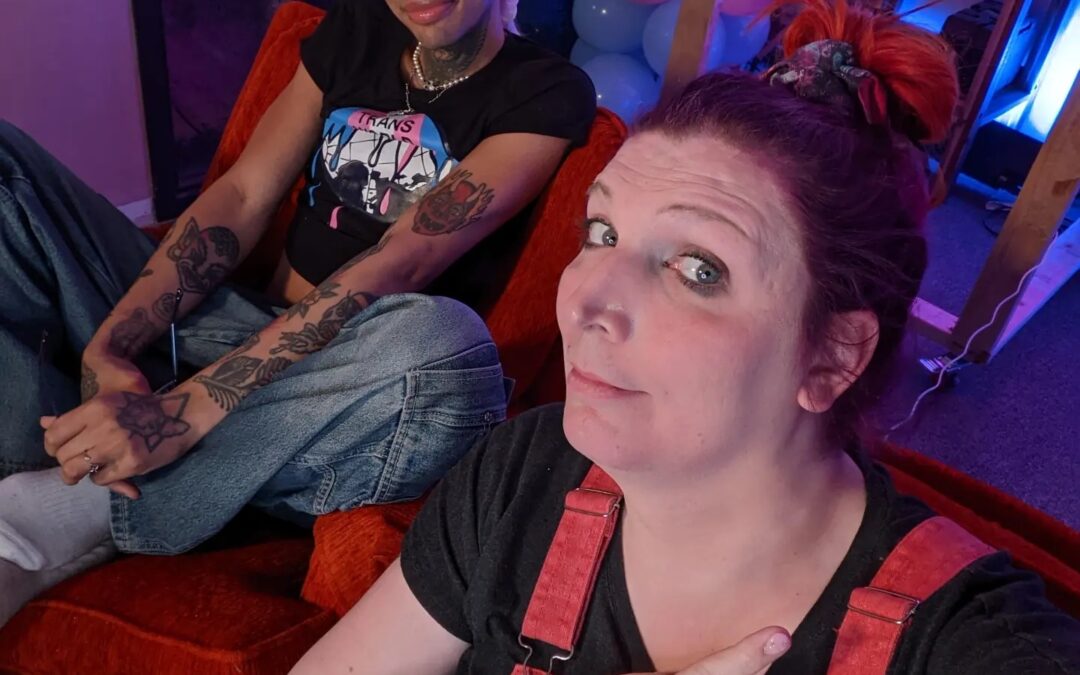
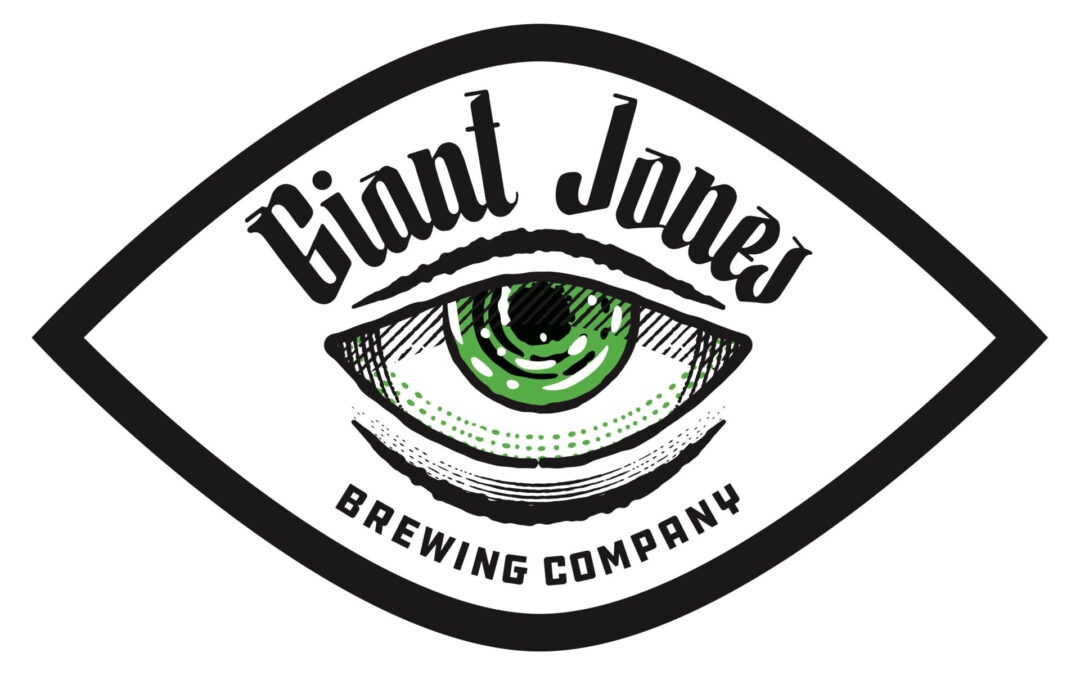
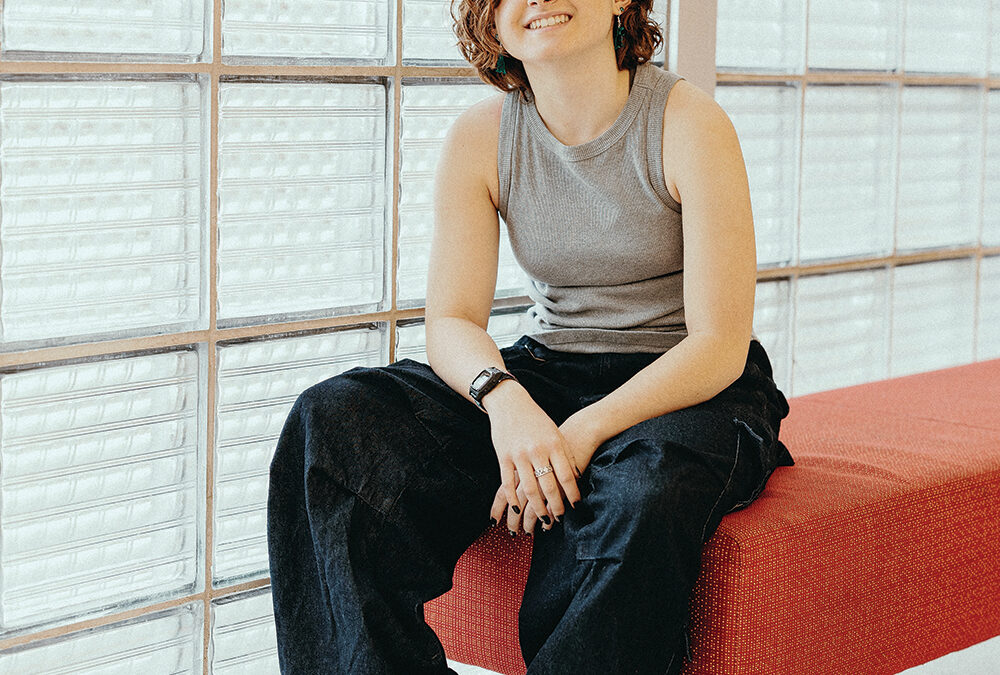
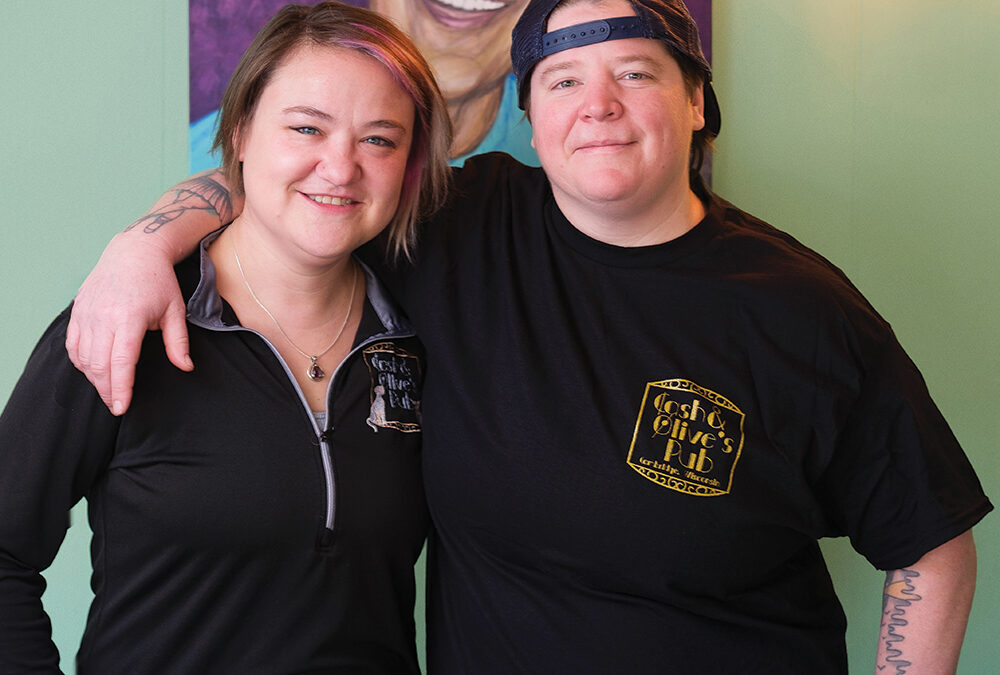
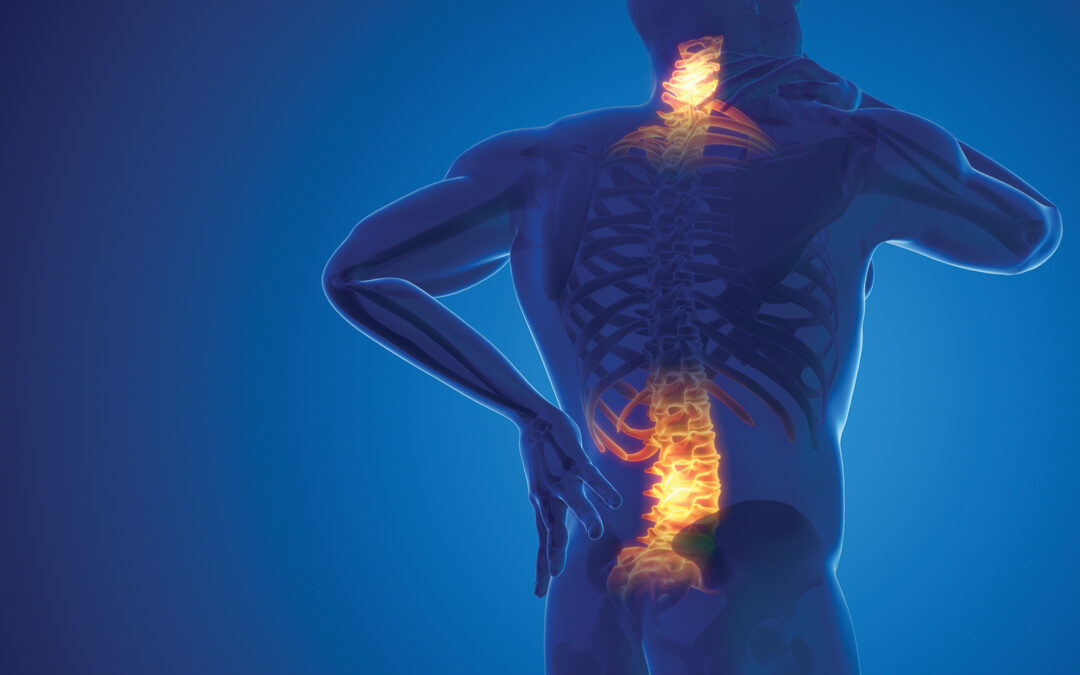
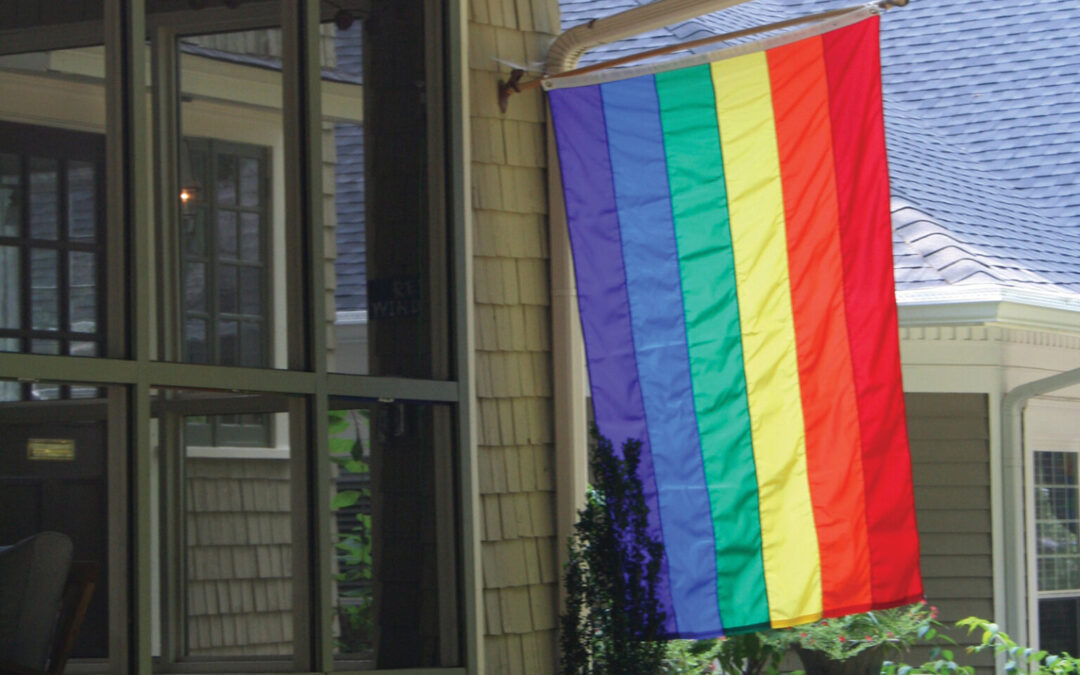
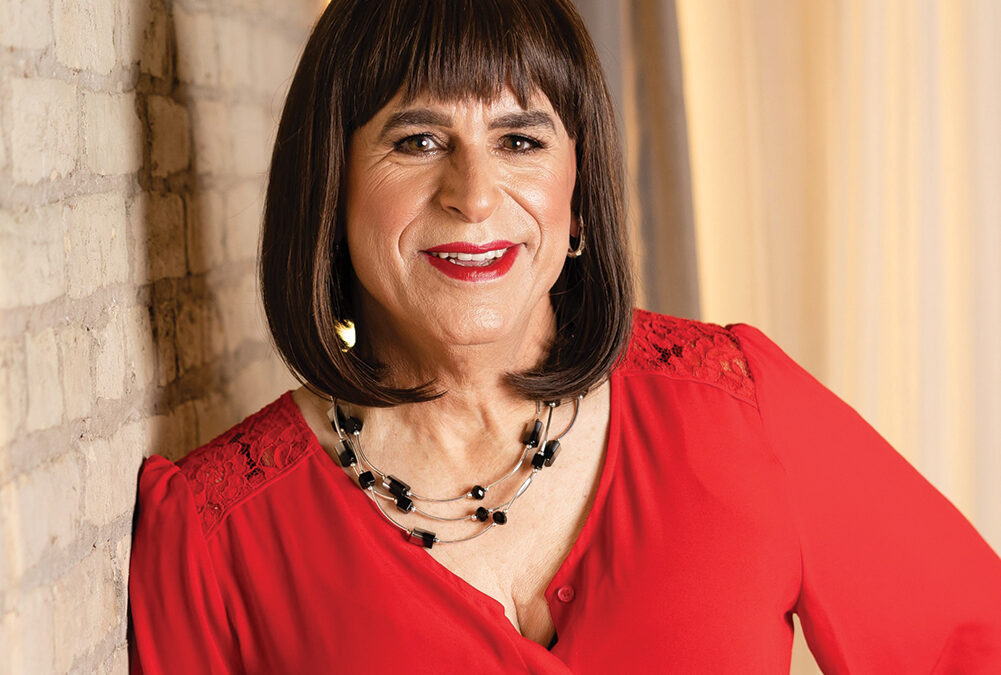
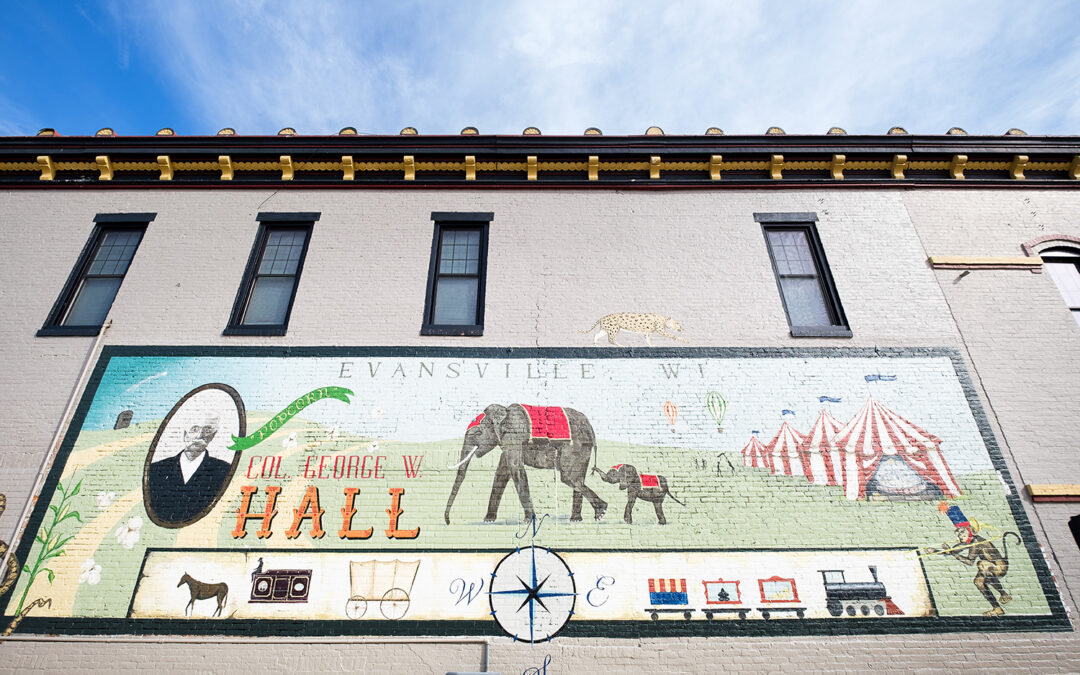
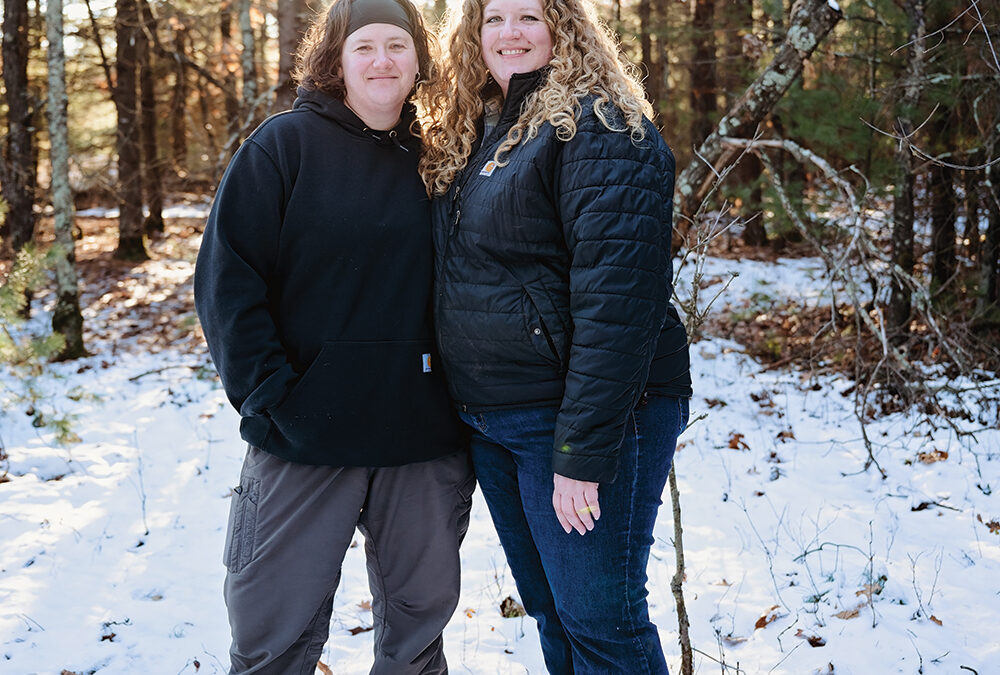
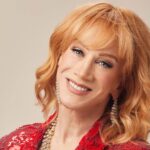
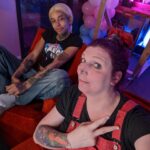
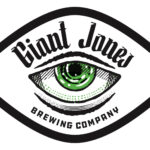

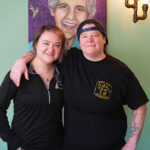
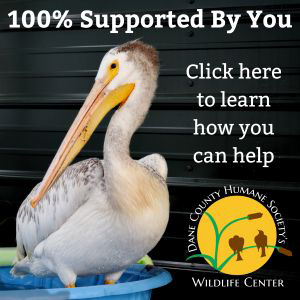

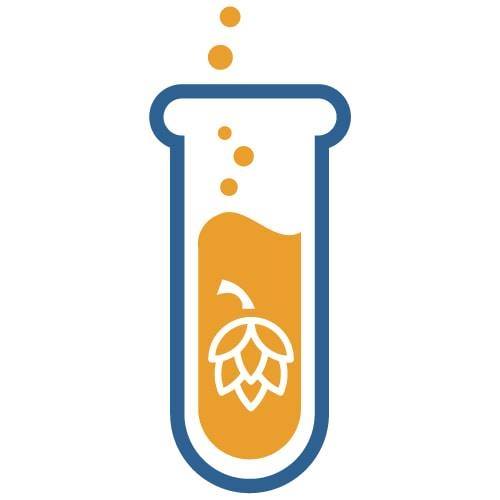

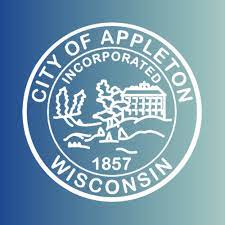
0 Comments